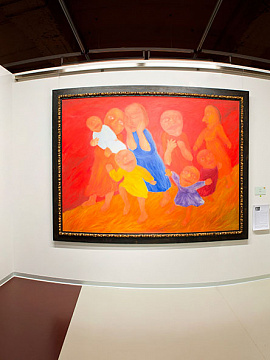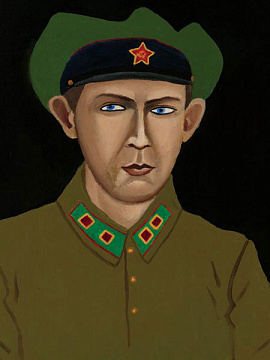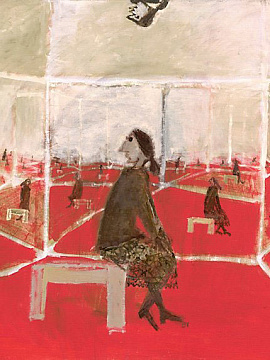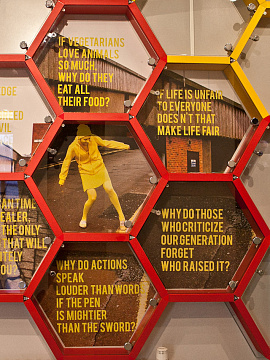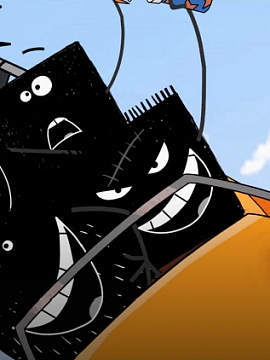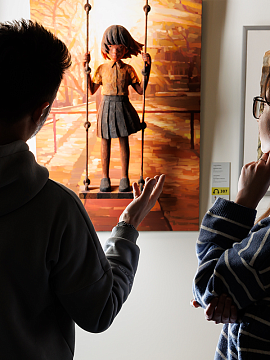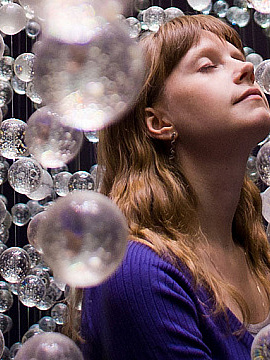Transparent sleeves on display next to the works in the museum
The powerful play goes on,
and you may contribute a verse.
Walt Whitman, «O Me! O Life!» 1892
and you may contribute a verse.
Walt Whitman, «O Me! O Life!» 1892
There are eternal themes, enslaving many generations of poets and madmen. Centuries pass but to this date, public creation of art remains an urgent and unsolved task for the international creative community. Contemporary exhibitions and museums of contemporary art, such as dOCTUMENTA, Ludwig Museum, Kiasma and others from time to time exhibit art objects created in that kind of vein.
It always attracts interest but isn’t always successful — often even the sophisticated audience stays puzzled by the works on show and the main reason for that isn’t the level of education or experience of the viewers, but rather the accustomed «sealed» nature of artistic creation. Artists don’t have the viewer in mind, they’re not interested in him and hence they don’t expect co-creation from the viewer by means of engaging him in a dialogue via their works. At the same time, the viewer going to an exhibition, to a museum or to a concert hall, has got something to say, and to ignore him, to deprive of his opportunity to express himself, to ignore the viewer in the artistic process means ignoring the art itself. Any artistic expression and creation is intentional, every utterance is always about something. Creating a work of art, the artist often doesn’t think about the viewer but that doesn’t mean his creation ceases to be targeted. If the music isn’t aimed at the listener, if a painting isn’t created for the viewer, then they’re not created at all. Art, which is unconscious and unfinished by its surrounding environment, stops being art.
Erarta loves and appreciates the audience, and in contrast to museums which see their main purpose in keeping works of art, exists primarily in order to bring the art into the viewer’s world and furthermore, integrate the viewer into art. Art-literature as a genre aims to be a new attempt at public creation of art. The essays which accompany several works of art in Erarta’s collection aren’t just simple commentaries or interpretations of paintings — the best examples of art-literature truly weave themselves into the fabric of the existing work of art, expanding it and reveal its inner meanings, often deeper than the artist’s original concept. This project is not about art critique but rather about mythology creation.
We want to offer the viewer / the reader / the artist (because the viewer is also very much an artist!) to look together with us at the works on exhibit in the museum through the prism of oneself and thus create his own work of art. Such co-creation, co-meditation and dialogue enable everyone to contribute a verse to the powerful play that began once upon a time ago and will go on forever — as long as the creator has an audience.
Alexander L'vov,
a member of Erarta Society
a member of Erarta Society
Best art-literature essays written by philosophers, by historians, by employees of Erarta and by our visitors are regularly exhibited in the museum and published in Erarta’s catalogues. It’s a completely open project in which you can also participate – email your submissions to lit@erarta.com.
Share your ideas, impressions and feelings!











